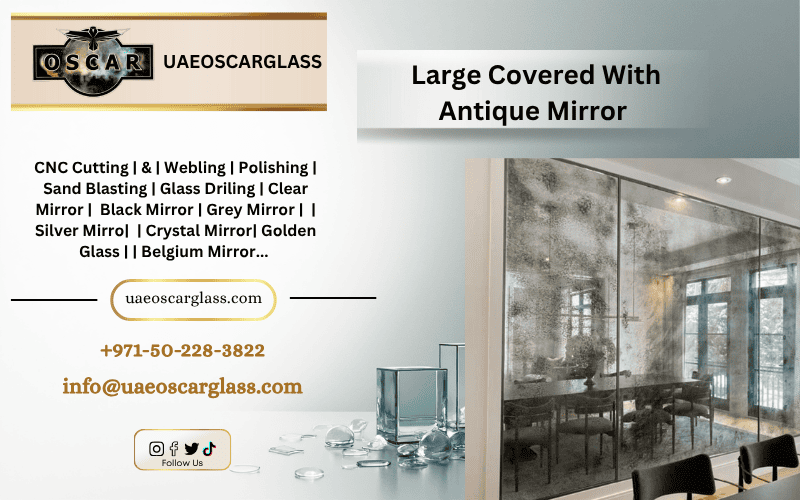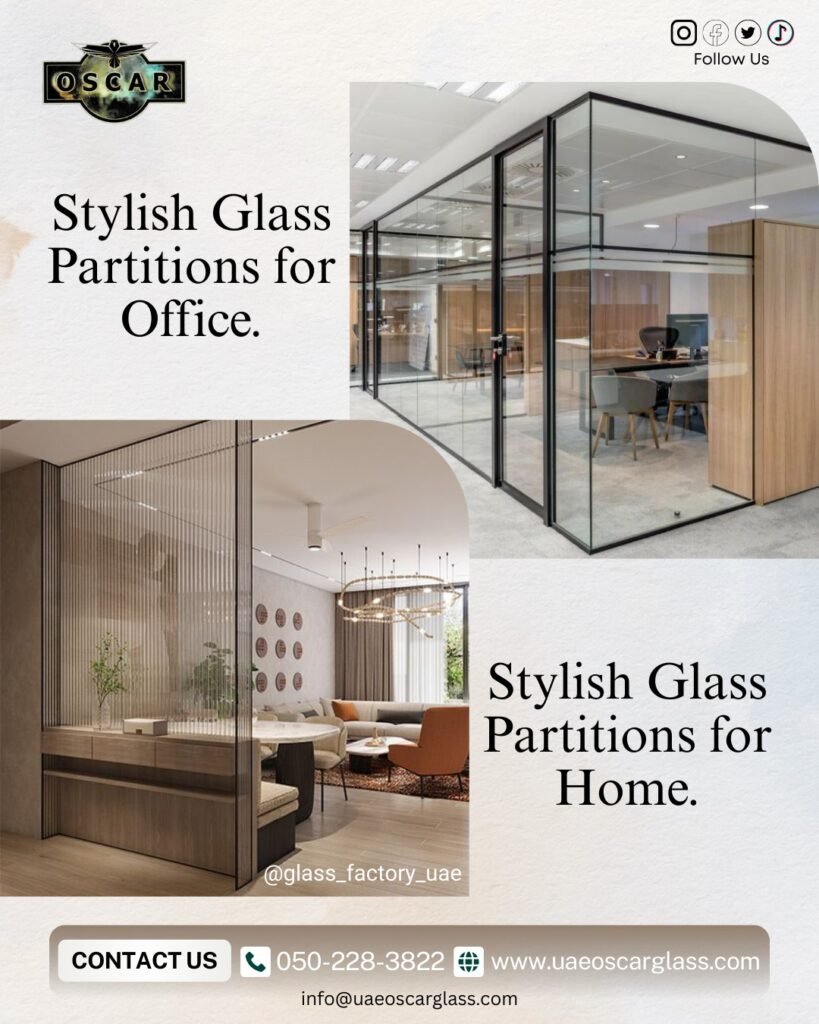Antique Mirror In a world dominated by modern design and sleek technology, there remains a deep appreciation for classic beauty and craftsmanship. Antique mirrors capture this timeless charm, bringing history, character, and sophistication into contemporary spaces. Whether placed in a traditional home, a luxury hotel, or a modern art-inspired interior, an antique mirror adds a unique touch that no new mirror can replicate.
Beyond being functional, antique mirrors are pieces of art — reflections of history, heritage, and fine artistry that tell stories from centuries past.
What is an Antique Mirror?
An antique mirror refers to a mirror that is either genuinely old (usually over 100 years) or designed to replicate the vintage aesthetic of classic mirrors. Unlike modern mirrors with perfect clarity, antique mirrors have a distinct aged look, often characterized by soft fading, foxing (small dark spots), patina, and decorative frames.
These natural imperfections give each antique mirror a unique personality and sense of authenticity that modern designs often lack.
The History of Antique Mirrors
Mirrors have been cherished for thousands of years. The earliest versions were made from polished bronze, copper, or obsidian by ancient civilizations such as the Egyptians and Romans. The art of glass mirror-making began in Venice during the 15th century, where Venetian craftsmen perfected the art of coating glass with mercury to create beautifully reflective surfaces.
By the 17th and 18th centuries, mirrors became symbols of wealth and status. European palaces, such as the famous Hall of Mirrors in Versailles, showcased enormous mirrors framed with intricate gilded carvings. These grand designs inspired centuries of artistic innovation, eventually evolving into what we now call antique-style mirrors.
Characteristics of Antique Mirrors
- Aged Appearance (Patina and Foxing)
One of the most recognizable features of antique mirrors is their patina — a subtle discoloration or soft fading that develops over time. Small dark spots known as “foxing” add texture and depth to the reflective surface, creating a nostalgic look. - Decorative Frames
Antique mirrors often feature hand-carved wooden frames, ornate gilding, or floral and baroque designs made of bronze, brass, or plaster. The craftsmanship and attention to detail are what make them truly stand out. - Unique Glass Texture
Unlike today’s perfectly smooth mirrors, antique mirrors may have slight waves or distortions in the glass, which were natural results of early glassmaking techniques. - Rich Colors and Finishes
The frames of antique mirrors often showcase finishes like antique gold, distressed silver, bronze, black lacquer, or weathered wood, adding richness and warmth to any setting.
Types of Antique Mirrors
- Venetian Mirrors
Known for their elegance and artistic craftsmanship, Venetian mirrors feature intricate engraved glass frames and delicate patterns. Originating from Italy, they embody luxury and fine detailing. - Baroque Mirrors
These mirrors are grand and dramatic, often featuring ornate scrollwork, cherubs, floral motifs, and gilded frames. They were popular in European palaces during the 17th century. - Rococo Mirrors
Lighter and more playful than Baroque, Rococo mirrors feature asymmetrical curves, leaf patterns, and romantic charm. - Victorian Mirrors
Typically made with dark wood frames or metalwork, Victorian mirrors represent the 19th century’s love for elaborate decoration and heavy detailing. - French Provincial Mirrors
Known for their graceful curves and muted finishes, French provincial mirrors bring rustic elegance to interiors. - Distressed Antique Mirrors (Modern Reproductions)
Today, designers create antique-style mirrors using modern techniques like distressed silvering or aged glass effects, offering the same vintage charm with modern durability.
Benefits of Antique Mirrors
1. Adds Character and Depth
Every antique mirror carries its own story. The aged texture and craftsmanship bring warmth, charm, and authenticity to any space, making it feel lived-in and soulful.
2. Enhances Aesthetic Appeal
Antique mirrors act as statement pieces in interior design. Whether it’s a large gilded mirror in a living room or a small ornate piece in a hallway, it instantly elevates the visual appeal of the room.
3. Creates a Sense of Space
Like all mirrors, antique mirrors reflect light and make rooms appear larger. However, their soft, muted reflection adds depth and a cozy ambiance that modern mirrors can’t match.
4. Blends with Modern Interiors Antique Mirror
Despite their vintage look, antique mirrors beautifully complement modern and minimalist interiors. They add a contrasting texture that balances sleek lines with classic elegance.
5. Investment and Collectibility
Authentic antique mirrors often appreciate in value over time. They are highly collectible and can become family heirlooms passed through generations.
6. Versatile Placement
Antique mirrors can enhance various spaces — from entryways and bedrooms to restaurants, boutique hotels, and offices — adding luxury wherever they’re placed.
Where to Use Antique Mirrors
- Living Room: Antique Mirror
A large antique mirror over the fireplace or sofa creates a focal point that adds grandeur and sophistication. - Dining Room: Antique Mirror
Placing an antique mirror opposite a dining table enhances the sense of luxury and reflects soft lighting during meals. - Hallways and Entrances:
Antique mirrors add charm and brightness to narrow or dark corridors, creating a welcoming first impression. - Bedroom: Antique Mirror
Used above a dresser or as a headboard accent, antique mirrors add romantic and vintage appeal. - Bathrooms and Powder Rooms:
A small antique mirror in a modern bathroom creates a stylish blend of old and new. - Commercial Spaces: Antique Mirror
Many restaurants, cafés, and hotels use antique mirrors to establish a cozy, elegant, or historic atmosphere.
Maintenance Tips for Antique Mirrors
To preserve the beauty and value of antique mirrors, proper care is essential:
- Avoid harsh chemicals. Use mild glass cleaners or vinegar-water mixtures with a soft cloth.
- Do not scrub the back. The reflective silver layer is delicate and can be damaged.
- Keep away from direct sunlight and humidity. Excess heat or moisture may cause further oxidation.
- Frame care. Gilded or wooden frames should be dusted gently and treated occasionally with appropriate polish or wax.
- Professional restoration. If your antique mirror is damaged, consult a professional conservator rather than attempting DIY repairs.
Antique Mirrors in Modern Design Trends
Interior designers around the world are rediscovering the beauty of aged glass. The antique mirror trend has become popular in luxury homes, boutique hotels, and commercial interiors. Designers use antique mirror panels as wall coverings, backsplashes, wardrobe doors, and ceiling accents to create a dramatic yet timeless look.
The contrast between aged reflection and modern architecture creates visual depth and a sense of history within contemporary spaces — blending the best of both eras.
Conclusion
The Antique Mirror is far more than a decorative accessory; it is a piece of history, a symbol of art, and a statement of taste. It bridges the past and the present, offering timeless beauty that transcends design trends.
Whether you choose a genuine 18th-century treasure or a modern reproduction with distressed charm, an antique mirror instantly adds warmth, character, and luxury to any space. It reminds us that even as time passes, true craftsmanship and elegance never fade — they only grow more beautiful with age.












